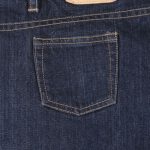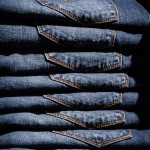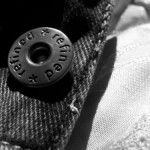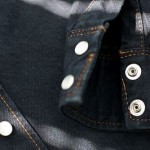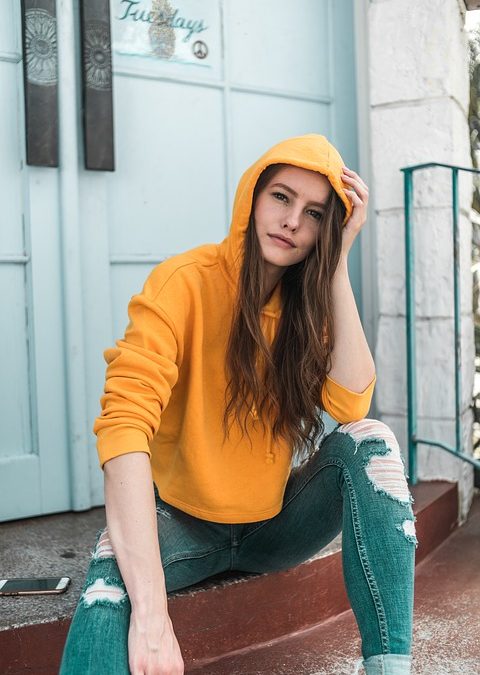
by MakeYourOwnJeans | jeans |
Worn by men and women alike, selvedge jeans offer an unparalleled level of quality. They are characterized by a distinct weaving process that creates a tight and narrow band of fabric at the bottom of the pant legs. To the unsuspecting eye, selvedge jeans may look the same as traditional non-selvedge jeans. However, their unique weaving pattern offers several benefits. To learn more about selvedge jeans and why they are so popular, keep reading. What Are Selvedge Jeans? Also known as self-edge jeans, selvedge jeans are manufactured using an antique-style loom to create a tight and narrow band of fabric at the bottom of the pant legs. If you look at the photo below, you’ll see a pair of selvedge jeans. The bottom of the jeans features a band of interior fabric — known as a selvedge strip — that’s visible from the outside. You can easily spot a pair of selvedge jeans by looking for the selvedge strip. Whether you’re shopping online or at a local store, look at the bottom of the pant legs. If you see a narrow band of fabric in a different color or tone than the rest of the denim, the jeans are considered selvedge. If there isn’t a narrow band of fabric at the bottom of the pant legs, on the other hand, the jeans aren’t selvedge. Some people assume that selvedge jeans are made of a special type of denim, but this isn’t necessarily true. They are still made of the same denim material — which is actually just cotton — as all other jeans. The only exception is stretch selvedge...
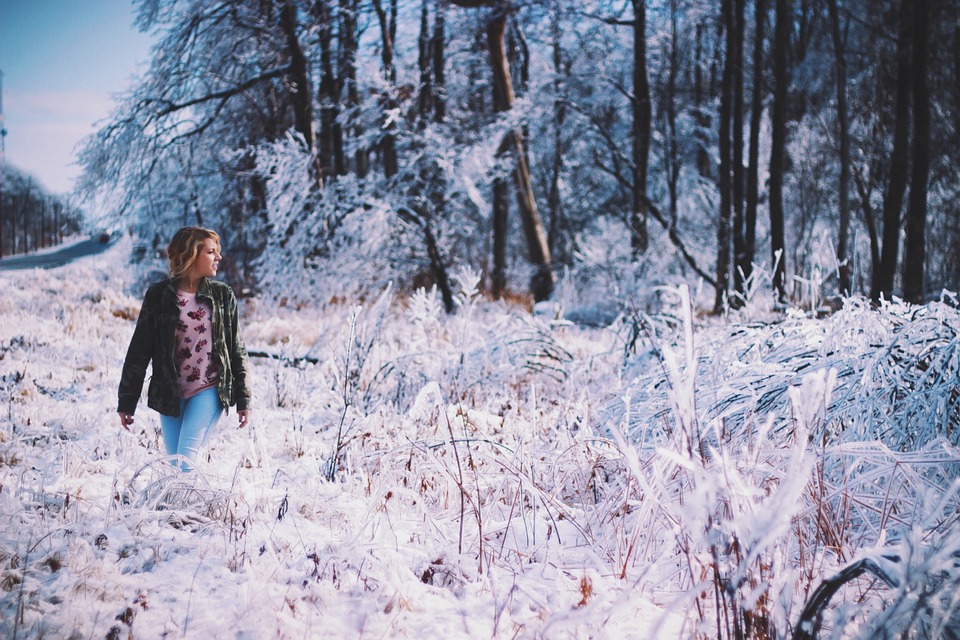
by MakeYourOwnJeans | jeans |
Dec. 21 marks the beginning of the winter season. Regardless of where you live, you can expect cooler temperatures, as well as fewer hours of sunlight, during this time of year. However, that shouldn’t stop you from including denim jeans in your outfits. Even throughout the otherwise cold winter months, you can still wear denim jeans. You just need to choose the right type of denim jeans. In this post, you’ll learn how to choose the perfect denim jeans for the winter season. Heavyweight Denim Denim jeans are often classified by the weight of their denim. Lightweight denim jeans, as the name suggests, are made of less denim than their heavyweight counterparts. A typical pair of lightweight denim jeans may have just 8 or 10 ounces of denim, whereas a pair of heavyweight denim jeans may have 12 or 14 ounces of denim. Because they contain more denim — nearly twice as much denim in some cases — heavyweight denim jeans are better suited for the winter season than lightweight denim jeans. You can wear either type during the winter, but you’ll experience a higher level of warmth and comfort by sticking with heavyweight denim jeans. Dark Color In addition to a heavyweight construction, jeans featuring a dark color can also protect you from the cold winter weather. A pair of black- or indigo-colored jeans, for example, will likely offer greater warmth than a pair of white- or light blue-colored jeans. How does the color of jeans affect the amount of warmth they offer exactly? All garments will absorb light energy, those some absorb more light energy than others....
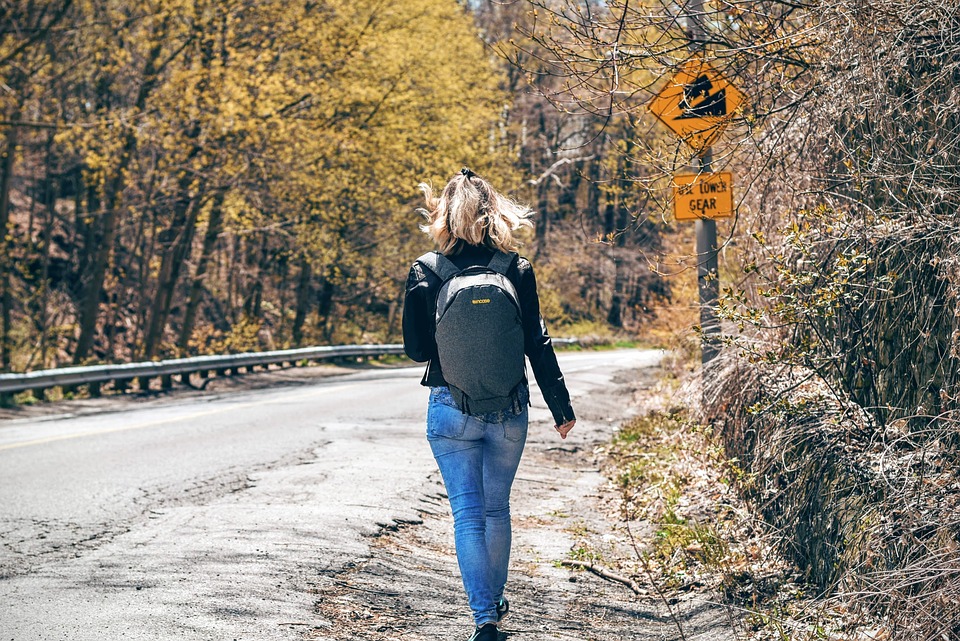
by MakeYourOwnJeans | jeans |
Jeans are often classified according to their rise. There are low-rise jeans as well as medium-rise and high-rise jeans. All three types are typically made of 100% denim. With that said, however, they each have a unique construction that affects their appearance as well as how they fit when worn. In this post, you’ll learn more about about the differences between low-rise, medium-rise and high-rise jeans. The ‘Rise’ Explained The term “rise” refers to the distance from the waistband to the crotch seam. Although there are exceptions, most jeans measure about 7 to 13 inches between these two areas. If you use a tape measure from the waistband of your jeans to the crotch seam, you’ll probably discover that it’s about 7 to 13 inches. When you see or hear the term “rise,” it refers to this distance. Some jeans have a lower rise, whereas others have a higher rise. What Are Low-Rise Jeans Low-rise jeans, as the name suggests, are denim features that are constructed with a short distance between the waistband and the crotch seam. Also known as a low-cut or low-rider jeans, they often measure just 7 to 8 inches from the waistband to the crotch seam. It’s important to note that low-rise jeans also sit lower on your body when worn. Because of their exceptionally short distance from the waistband to the crotch seam, they typically rest several inches below your belly button. In other words, they don’t rest around the midsection of your waist. They sit significantly lower than most other types of jeans, including medium-rise and high-rise jeans. Low-rise jeans have been around...
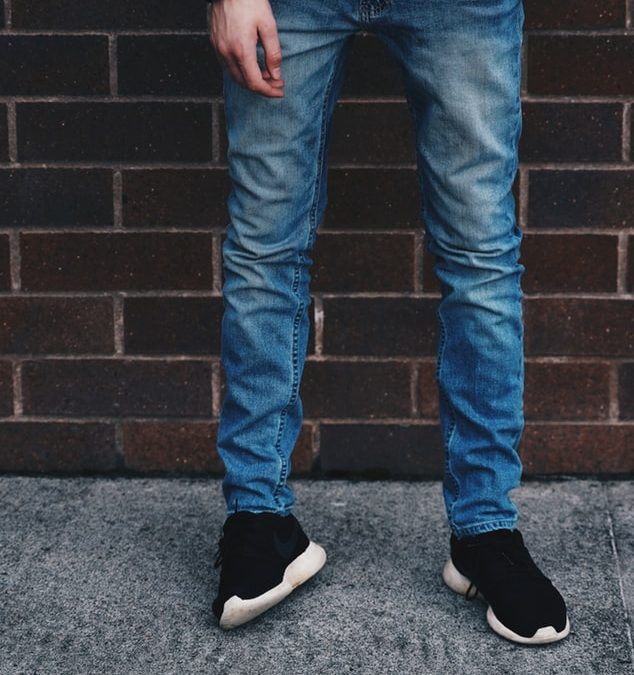
by MakeYourOwnJeans | jeans |
When shopping for a new pair of jeans, it’s important to pay attention to the quality. There are dozens if not hundreds of types of jeans on the market, some of which are better than others. If you simply choose the cheapest pair you come across at a retail apparel store, you’ll probably end up with low-quality jeans. As a result, you can expect them to degrade more quickly. You can avoid this headache, however, by emphasizing quality in your purchasing decision. But how exactly can you spot a pair of high-quality jeans? Inspect the Pockets High-quality jeans are typically made with many durable and well-crafted pockets. It’s not uncommon for low-quality jeans to feature just four pockets — two in the front and two in the back. High-quality jeans, on the other hand, often have five pockets. In addition to the standard four pockets, they have an extra fifth pocket. You can typically find the fifth pocket inside one of the front two pockets. It’s a smaller pocket that’s been used in denim jeans for decades. Although this fifth small pocket was originally used for pocket watches, it’s now used primarily an aesthetic feature. It offers a uniquely attractive appearance that’s not found in other, lower-quality jeans with fewer pockets. Therefore, you should inspect the pockets when shopping for a new pair of jeans. If they have five or more pockets, they are probably made of higher-quality materials, as well as craftsmanship, than those with four or fewer pockets. Check the Tag Of course, you should also check the tag to see what material or materials the jeans...
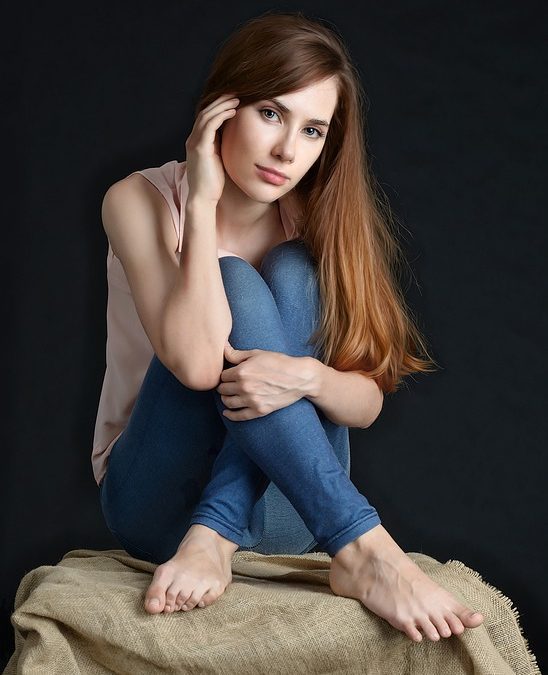
by MakeYourOwnJeans | jeans |
It’s no secret that stretch jeans have become an increasingly popular alternative to traditional jeans in recent years. Characterized by a more elastic composition, they aren’t as restrictive as traditional jeans. If you’re thinking about investing in a pair of women’s stretch jeans, though, there are a few things you should know. In this post, we’re going to take a closer look at women’s stretch jeans, revealing what they are made of and how to find the perfect pair. What Are Stretch Jeans? Stretch jeans are jeans made of both denim as well as an elastic fabric. Denim itself isn’t very elastic. Rather, it’s a strong and durable fabric. To increase the elasticity of their jeans, some manufacturers add an elastic fabric. Stretch jeans are still made mostly of denim. However, they contain a small amount of elastic fabric, which is responsible for increasing their elasticity. A typical pair of women’s stretch jeans may consist of 97% denim (cotton) and just 3% elastic fabric. As you can see, that’s a very small amount of elastic fabric — but it’s still enough to change the physical properties of the jeans by making them more elastic. They are called “stretch jeans” because their increased elasticity allows them to stretch without breaking. Other jeans can also stretch — to some degree, at least — but since they are typically made entirely of denim, they don’t offer the same level of elasticity as genuine stretch jeans. Some of the most common elastic fabrics used in the construction of stretch jeans include the following: LycraPolyesterSpandex The Benefits of Stretch Jeans You might be wondering...







